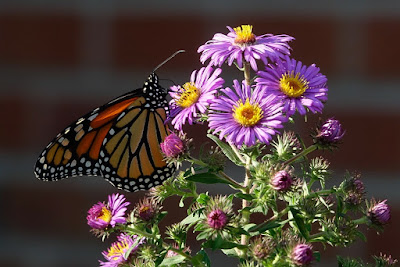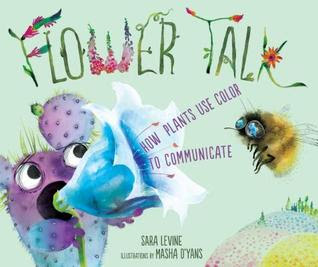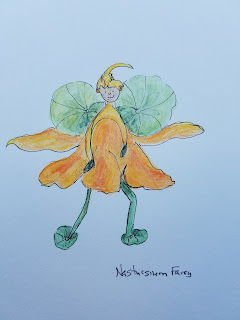Seventy-one percent of the earth's surface is made up of water. So for the last week of Earth Month, I take you to the ocean.
Title: Love, Agnes: Postcards from an Octopus
Author: Irene Latham
Illustrated by: Thea Baker
Publisher: Millbrook Press, 2018
Themes: Octopuses, STEAM, letter writing, problem solving, Earth Month
Opening lines: One day in the deep dark beneath the pier, an octopus found a large jar. She knew it would make the perfect home. But something was blocking her way.
Book Synopsis: When Agnes searches a new home, she discovers a postcard which she believes is calling her a monster, so she writes back to the author to set octopus facts straight. Thus begins the story of the giant Pacific octopus life cycle along with some ideas on how to handle uncomfortable situations.
Why I love this book:
I love epistolary stories. I loved the Jolly Postman books by Janet and Allan Ahlberg and the adult series Griffin & Sabine by Nick Bantock. Love, Agnes the one problem that the other books always caused in a library; no envelopes of flaps to get torn. But it has the same feeling of being a part of the story as you read the postcards.
Octopuses are so cool! Agnes is an older octopus and it's a story about the end of her life. This is a part of the life cycle that we often gloss over, but it is ever present. Like the Monarch butterfly who lives to lay eggs and create new life before dying, so too does the giant Pacific octopus.
Mixed into this life of the octopus story is another story about dealing with things that bother us. Andrew's mother tells him that rather than get angry and act out, he should write it down. Little did he know that answers to his problems would come from an octopus.
Illustrations: They are beautiful. So many colors, patterns, and depth.
Epistolary defitintion
An artist I know, Betsy Mitten, combines art and science in her after school programs. One of the projects the kids do it is make Gyotaku prints with fish and octopus. It's fascinating and allows a child to see the details of the octopus and make art.
 |
| Can you find the octopus? |
Finally, if you want to find more cool picture books check out Susanna Hill's Blog where you can look for reviews by book, title, and by themes.









